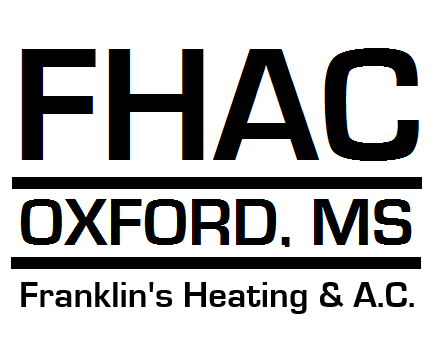We all like saving money on our monthly utility bills, but you should know there’s a way to lower energy use, even when you’re not even home.
It starts with your thermostat. By learning more about its special features and settings, you can structure its daily schedule around your personal preferences. That means you can have different temperature settings for when you’re at home, away or even when you’re sleeping.
If you’re willing to make these adjustments, you have more time to enjoy pleasant temperatures while cutting down your energy bills. Check out our guide on how your thermostat can be a source of energy savings:
While at Home
Pretty much whenever you’re home, you want to enjoy a comfortable temperature. For the most part, you probably have your thermostat lower in the summer while you are in the house to appreciate the cool air.
But in terms of energy efficiency, the best range for when you’re in your home during the summer is actually around 78 and 80 degrees Fahrenheit. With this adjustment, you’ll avoid the worst of summer while still keeping your energy bills low.
While Away
If you’re setting the temperature for when you are out of the house in summer, it’s advantageous to set the thermostat higher than normal.
If your home is located somewhere a little cooler, you can set the thermostat to temperatures as high as 88 degrees while no one is home before lowering it back to the sweet spot of 78-80 degrees once you’re home again. This way, your air conditioning system isn’t working around the clock to keep an empty house cool.
While Sleeping
For a full night’s rest during summer weather, you want a temperature that’s nice and cool. You should try and keep things between 68-72 degrees Fahrenheit. This will keep you from getting too hot or too cold at some point overnight.
Other Strategies for Lowering Energy Use:
- Install a smart thermostat: Switching to a smart thermostat in the summer can lower energy costs since it can plan your temperature adjustments according to your lifestyle and home environment. A smart thermostat manages the temperature if you are home or sleeping, while allowing it to get warmer when no one is around. Using reputed brands and models such as the Lennox iComfort, you have the ability to remotely access and change the temperature through your smartphone, tablet or laptop. Scheduling smart thermostat installation in your Oxford home can be the simplest strategy for maintaining comfortable, yet energy-efficient temperatures no matter where you are.
- Upgrade your HVAC system: A new HVAC system is another great option for long-term energy savings. By investing in a more energy-efficient system, you can also count on lower utility bills since more efficient equipment requires less energy to achieve comfortable temperatures. Air conditioning installation in Oxford is a great way to beat the heat in the summer.
- Stay on top of routine AC maintenance: Whether or not you keep up with regular air conditioning maintenance in Oxford can have a significant impact on your utility bills. By regularly cleaning the coils, checking for damage and keeping vents clear of dust and debris, this can help your HVAC system perform better during day-to-day use.. Higher energy efficiency will also reduce strain on the unit and lowers operational costs, lowering total energy use and eventually the total monthly bill.
- Replace your air filter regularly: A regular schedule for cleaning or replacing the HVAC system’s air filter saves money by keeping airflow as smooth and consistent as possible. When filters are old and less effective, an AC unit has to work harder, and the strain can reduce the system’s life span and result in breakdowns.
- Check your attic insulation: Insulation is one of the key components in any energy-efficient home, securing the hot air outside and the cool air inside during the summer. The North American Insulation Manufacturers Association (NAIMA) offers an official recommendation stating homeowners in souther states should possess at least 13-14 inches of insulation, while colder climates do better with 16-18 inches.
- Inspect your ductwork: A leak in the air ducts could increase your energy bills much more than 20 percent, plus it can also lead to problems with your water heater, clothes dryer and other appliances to get into the atmosphere of your home. Checking your ductwork for leaks and sealing them can address both concerns.
- Seal all other leaky spots in your home: Sealing up other leaks in your home with caulk, foam sealant or weather-stripping helps keep things cooler during those hot summer days. Don’t forget to check for any gaps around windows, doors and even outdoor fixtures. Devoting time and effort to sealing leaks now can help you save a lot over time.
